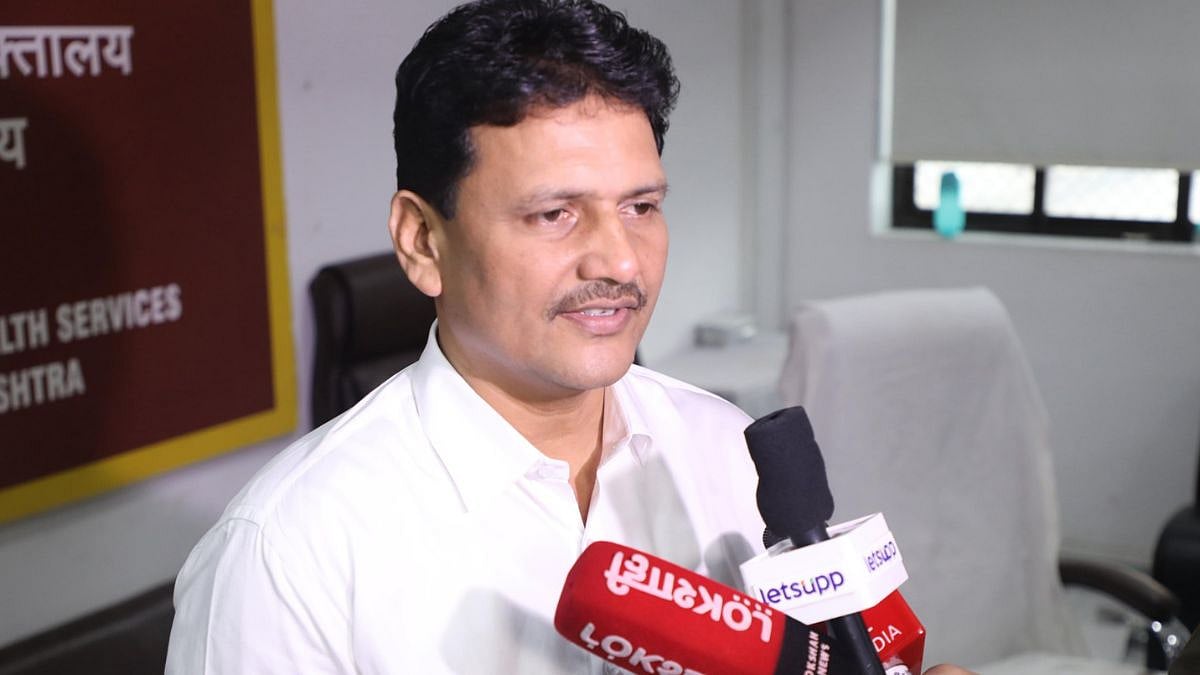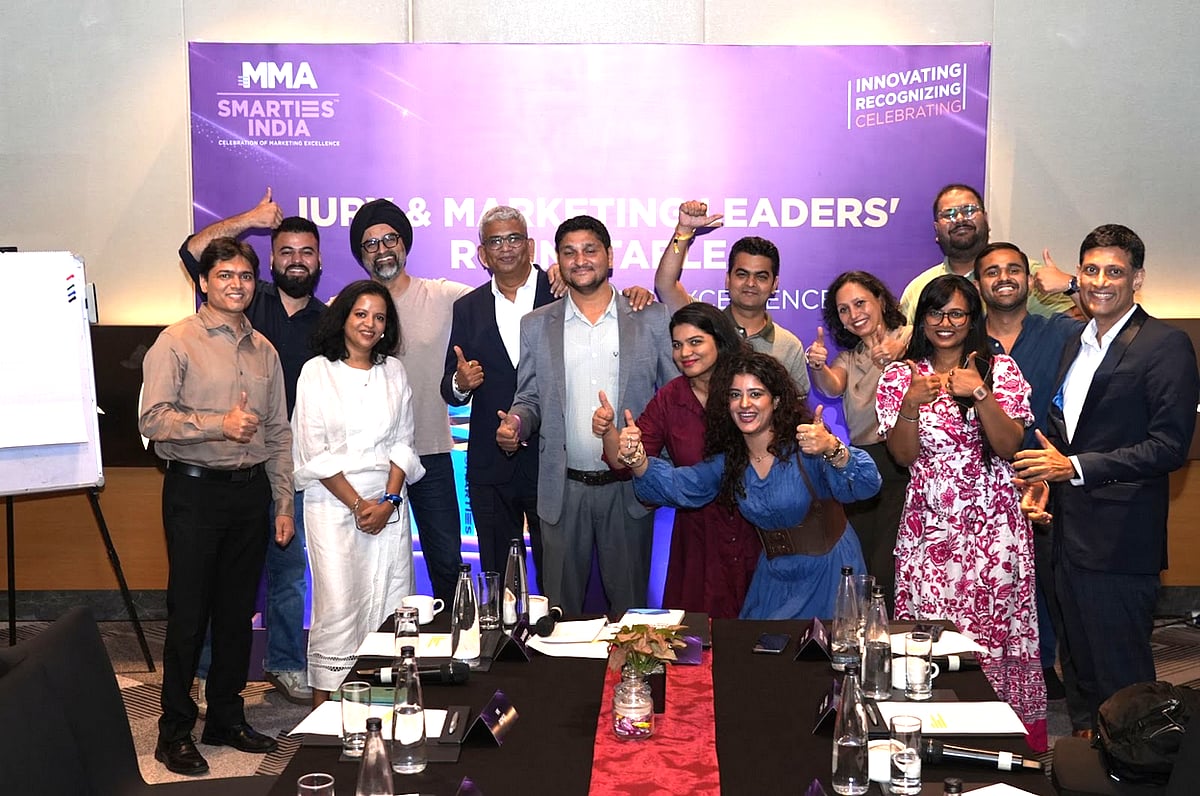Nepal, with a youthful population, a growing educated segment, and a diverse cultural landscape presents a wealth of opportunities for global brands. By understanding the preferences, aspirations and values of Nepali consumers, and by embracing local culture and traditions, brands can build strong consumer connections in the market.
Here are some key strategies for building a successful global brand in Nepal.
Target the youthful market: With over 70 pc of population below the age of 35 years, there is immense potential in targeting products and services towards the younger population. Their aspirations for better prospects, influenced by ambition to work abroad and overseas studies, share their consumer behaviour and preferences. By catering to their aspirations, brands can capture the loyalty of this demographic.
Incorporate Nepali culture and values: Brands that celebrate Nepali culture and values in their messaging and marketing strategies have the potential to resonate with this consumer segment. There have been remarkable instances where renowned global brands have skillfully aligned themselves with local food habits, leading to tremendous success. This strategic approach not only showcases cultural sensitivity but also establishes a sense of authenticity and familiarity, thereby strengthening brand loyalty and market presence. Additionally, brands have witnessed exceptional efficacy in their media investments by implementing aggressive tactical campaigns during festival months. By showcasing an understanding and appreciation of local traditions, brands can build a deeper emotional connection with the Nepali people.
Understand diversity: Nepal’s diverse geographic landscapes offer unique opportunities for brands to cater to different consumer preferences and lifestyles across regions. The aspirations and lifestyles of people residing in the hilly regions differ significantly from those in the terai plains, including their preferences for job opportunities abroad. The hilly population often aspire for British Gurkha or armed forces-related jobs while people from terai largely go to the Middle East as unskilled and semi-skilled workers. By understanding the distinct cultures, languages, and traditions of different ethnic groups, brands can tailor their marketing campaigns to specific regions.
Embrace “Nepalisation”: Brands can build an emotional connection with the Nepali population by understanding and incorporating local values and sentiments. The revolution in digital technology allows for tailored messaging at the consumer level, enabling brands to create personalised experiences that resonate on a deeper level.
Presently low brand loyalty: The brand loyalty is relatively low at present. However, a promising shift is on the horizon with the anticipated rise of the middle-class economy. Strong indications point towards exponential growth in the middle class, fueled by the entrance of a younger population in the job market. This expansion of the middle-class economy carries profound implications for global brands, as the heightened aspirations of these families will drive consumer consumption to unprecedented levels.
Seize the market opportunity: Unlike most neighbouring countries, the Nepali market is currently dominated by global and Indian brands across various segments. However, this dominance presents an opportunity for other global brands to enter the market. With an open attitude towards new-age categories, particularly in the lifestyle segments, innovative brands can introduce trendy products that cater to the changing preferences of consumers.
Leverage alternative metrics for media investment: Nepal’s media landscape is diverse, encompassing numerous TV channels, radio stations, print publications, online portals and global digital platforms beside other innovative OOH opportunities. However, the absence of a media measurement currency poses a challenge for brands to evaluate the effectiveness of their media investments. To overcome this, brands can rely on alternative metrics and data analytics to assess their media efficiency and impact. By partnering with the right experts who can provide such benchmark and insightful analysis, brands can optimise their marketing efforts and achieve higher reach and effectiveness with relatively low media investments in the region.
Adapt to local policies and regulations: Since the implementation of Clean Feed Policy, brands are encouraged to produce and promote local content, supporting the growth of the domestic creative industry. Global brands need to adapt their marketing strategies to align with this policy and showcase their commitment to the Nepali market. Furthermore, the upcoming National Advertising Policy will provide a roadmap for responsible and effective dissemination of advertisements, ensuring the interests of consumers are safeguarded.
Increase in the middle class
This is expected to be driven by three key factors. As provincial capitals and smaller towns underwent urbanisation following the formation of seven provinces in 2015, there is a movement of people from rural to urban areas in search of better employment and education opportunities.
Secondly, there is a notable progression of people transitioning from subsistence income levels to those with substantial disposable income. This shift is accompanied by an aspiration for a better lifestyle, primarily driven by the youth population. The ambitious youth, whose aspirations often exceed the opportunities available within Nepal, have led to a significant number of family members now residing outside Nepal for studies or as migrant workers in Middle East and Southeast Asia. The remittance inflows from the migrant workers now contribute almost a quarter of the country’s GDP.
Lastly, educated youth from small towns and rural areas in Nepal are increasingly migrating to larger metropolitan cities such as Kathmandu, Pokhara, Biratnagar, Chitwan, Hetuada, Butwal and Nepalgunj, to pursue higher education and professional employment opportunities.
The combination of rural-urban migration, urbanisation, remittance inflows and the movement of educated youth has created a positive trajectory for Nepal’s middle class. These factors are expected to play a vital role in driving economic growth and social advancement.
Through targeted marketing strategies and a commitment to quality and ethical practices, global brands can capture the loyalty and trust of Nepali consumers, contributing to both business growth and helping the development of the local economy.
(The author is founder of Outreach Nepal and author of the book Brandsutra. Views are personal.)










